Moths
Moths pose no direct threat to your health, yet they can inflict considerable harm to your clothing and furniture. Fabrics, furs, leather, and carpets are all susceptible to moth damage. Therefore, if you notice any signs of destruction, please contact us promptly.
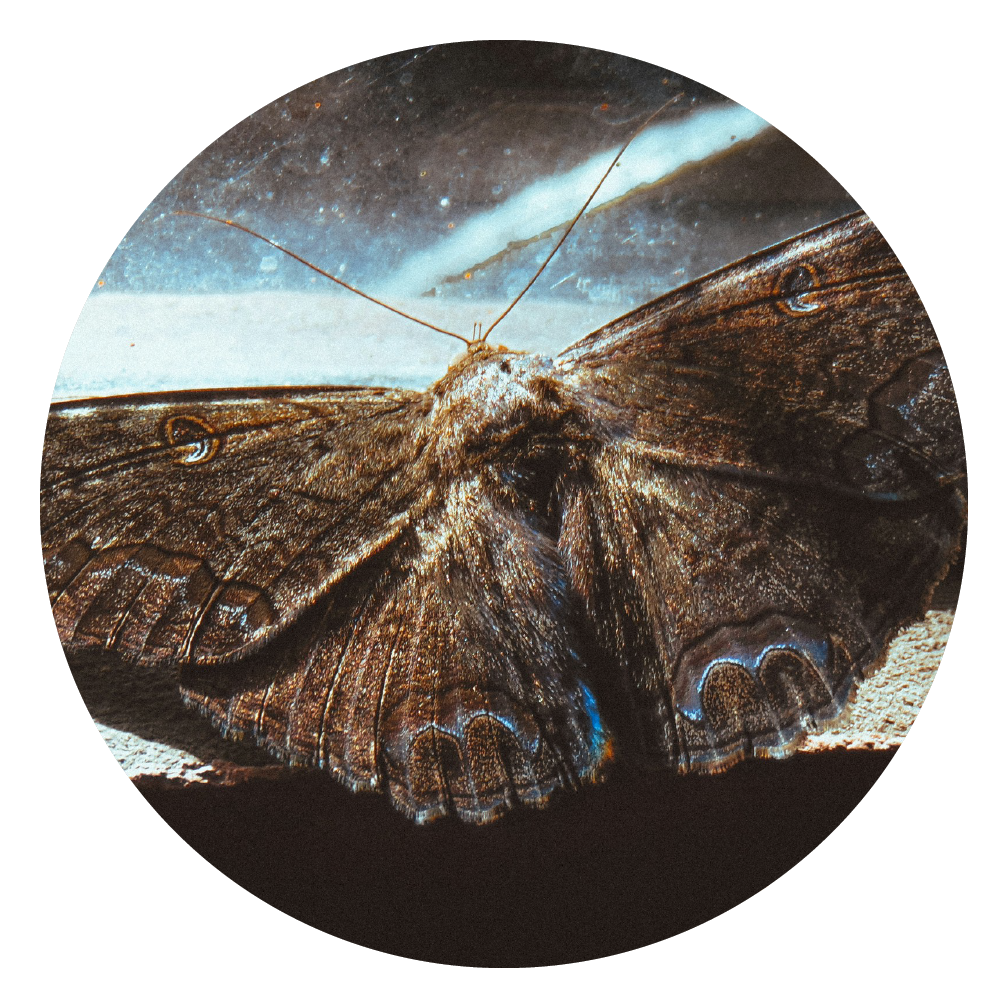
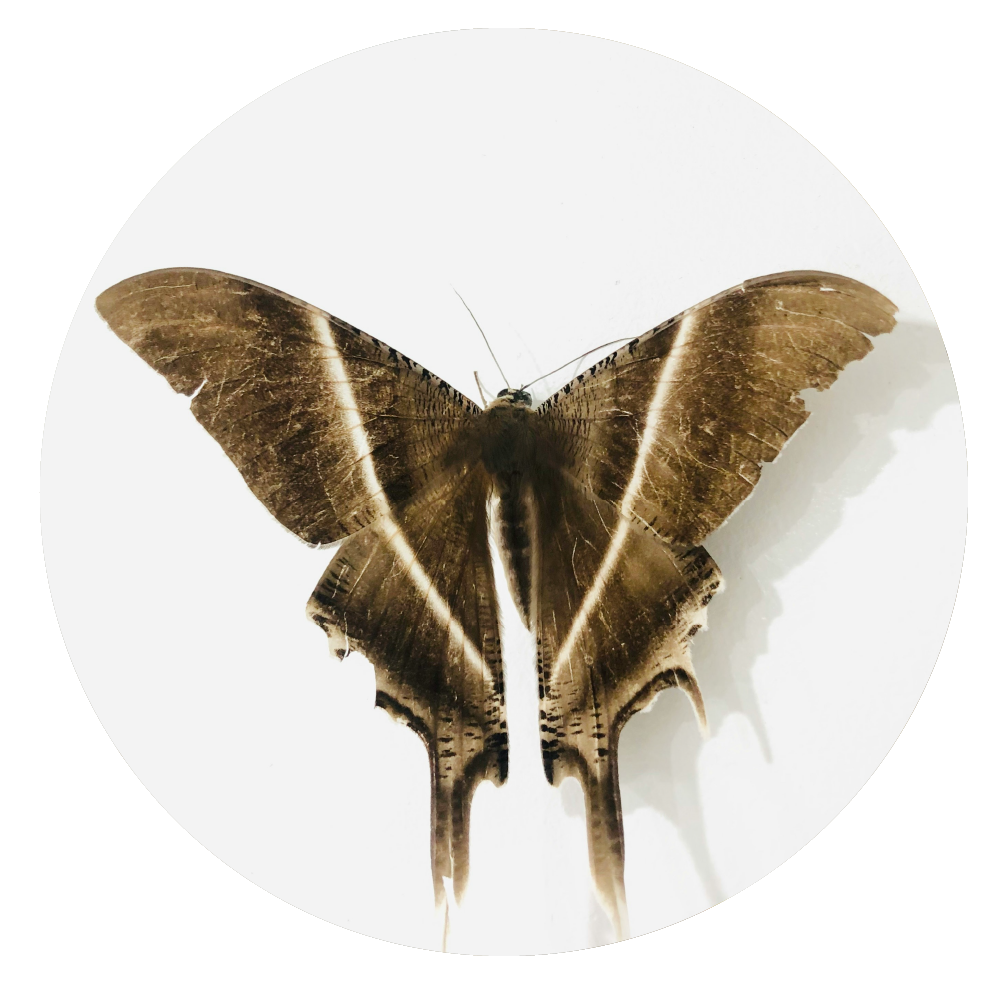
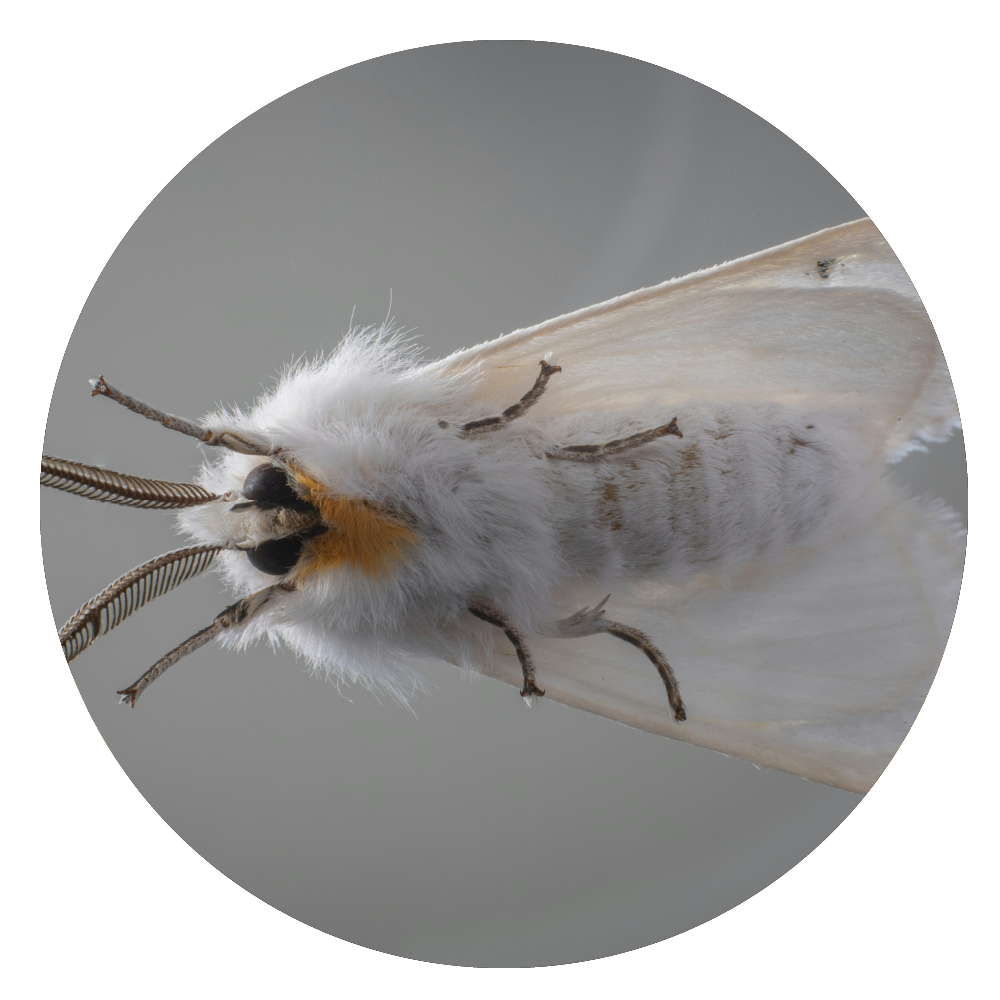
Solving a moth problem
In many cases, certain sprays and products can tackle moths, but sometimes it’s not enough. Moths can quickly infest a home without notice. When this happens, Verida Pest Control is here to help. Our expert pest controllers use a range of insecticides to rid your home of moths for good, not just temporarily. We understand the frustration of dealing with pests, so our technicians ensure a high-quality job every time.
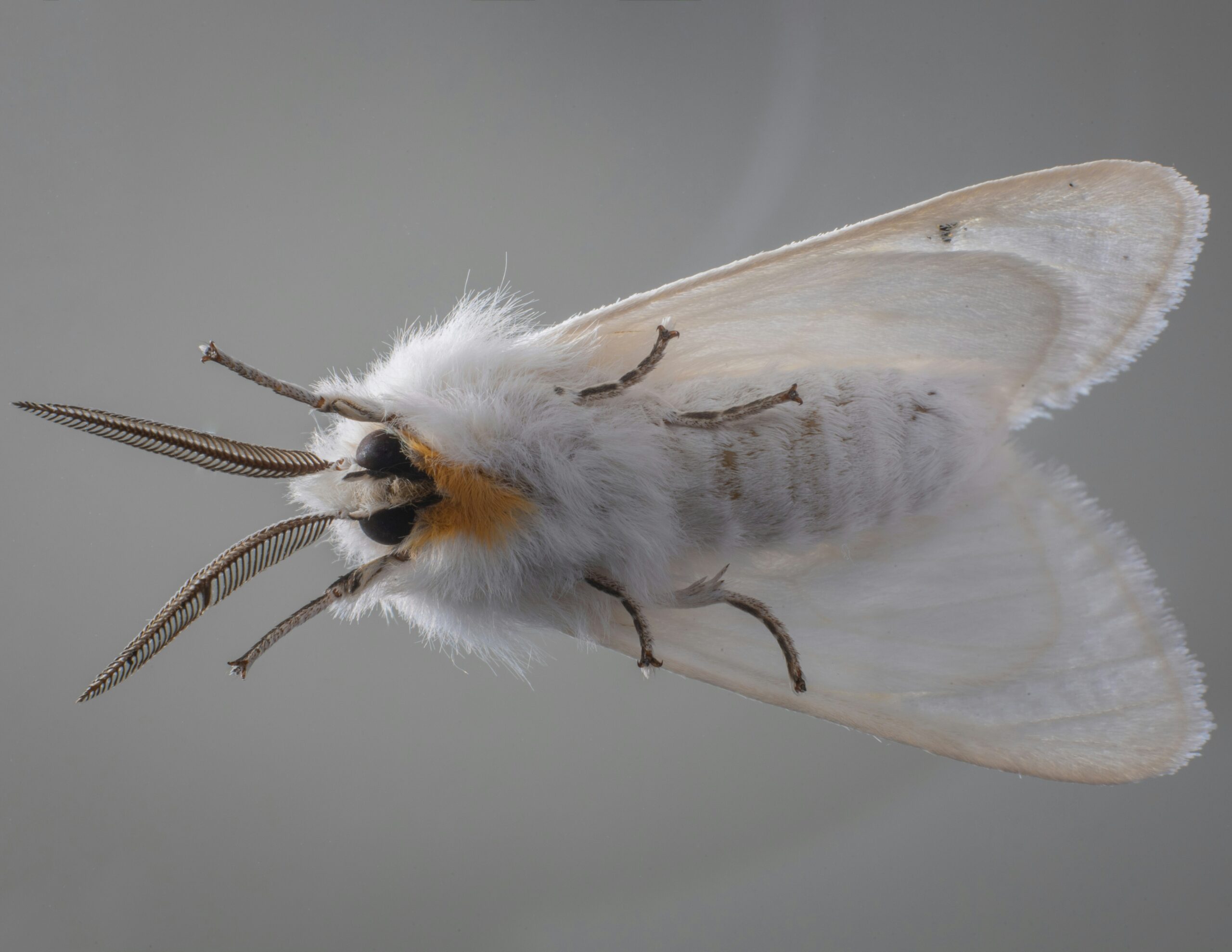
Can I tell if moths are eating my carpet?
Textile pests, while not carriers of disease nor prone to biting humans, are still deemed a nuisance due to their capacity to inflict considerable harm on textile items such as wool, fur, leather, silk, and other natural fibres. This damage is primarily inflicted during their larval stage as they consume keratin from these fibres to facilitate their growth into adulthood. Without intervention, their presence can lead to substantial deterioration of carpets and clothing, with the extent of damage escalating alongside their population growth.
Several species of moths and beetles are known perpetrators of textile damage, with varied carpet beetles and clothes moths being the most prevalent among them.
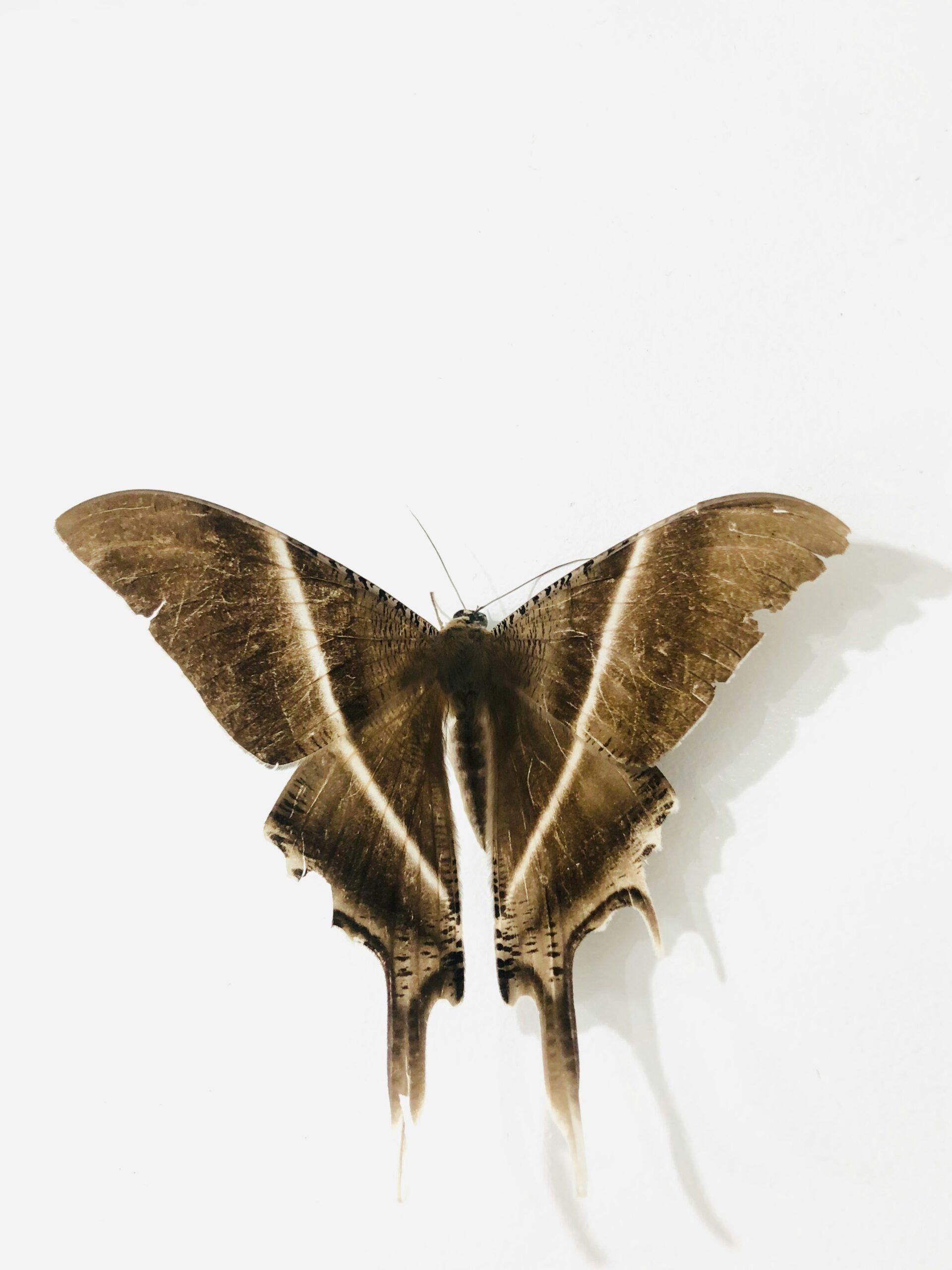
Easy to spot!
Spotting a moth in flight or skittering across a room in your home isn’t typically hard, but there are methods for identifying an early infestation.
Flying moths tend to target clothing and fabrics, so signs like holes in such materials can serve as a warning. However, if you come across an adult moth that moves by crawling rather than flying, it might indicate a more significant issue within your property.
The presence of larvae resembling maggots, which are the caterpillars of moths, suggests a potential infestation. If these are observed, it could indicate that several are developing within your residence. Additionally, be vigilant for silken tubes and cases, where larvae reside, and silk cocoons known as pupae.
What to look out for?
You might not realise it, but there’s a range of moths that could potentially infest your home. These include:
- Common Clothes Moth
- Case-Bearing Clothes Moth
- Brown House Moth
- White-Shouldered House Moth
If you’ve spotted peculiar gaps in your garments, it’s possible they’ve encountered a common clothes moth. These airborne adults measure 6-8 mm in length and lack distinctive markings.
Moths with a dark hue and three faint spots are probably of the case-bearing variety. This specific species has a preference for imported animal fabrics and tends to cause more frequent fabric damage compared to other moths.
Wool, leather, and feathers are likely to be sought after by brown house moths, which reach sizes of 8-14 mm as adults. These creatures are brown in colour with three or four darker spots. As for the white-shouldered house moth, they have a varied diet and measure between 6-10 mm. It’s crucial to distinguish between these species to determine the most effective approach to manage them.
It’s worth noting that moths are attracted to light but seek refuge in dark areas. Additionally, they’re more active during the summer months, favouring humid conditions. Apart from feeding on clothing and furnishings, some moths target hair, deceased insects, and pollen.

Moths in commercial
Many assume that only wardrobes fall victim to moths, but this isn't the case. In addition to serving residential areas, we also cater to commercial clients. If your offices have encountered a pest problem, our professional team is ready to assist.

